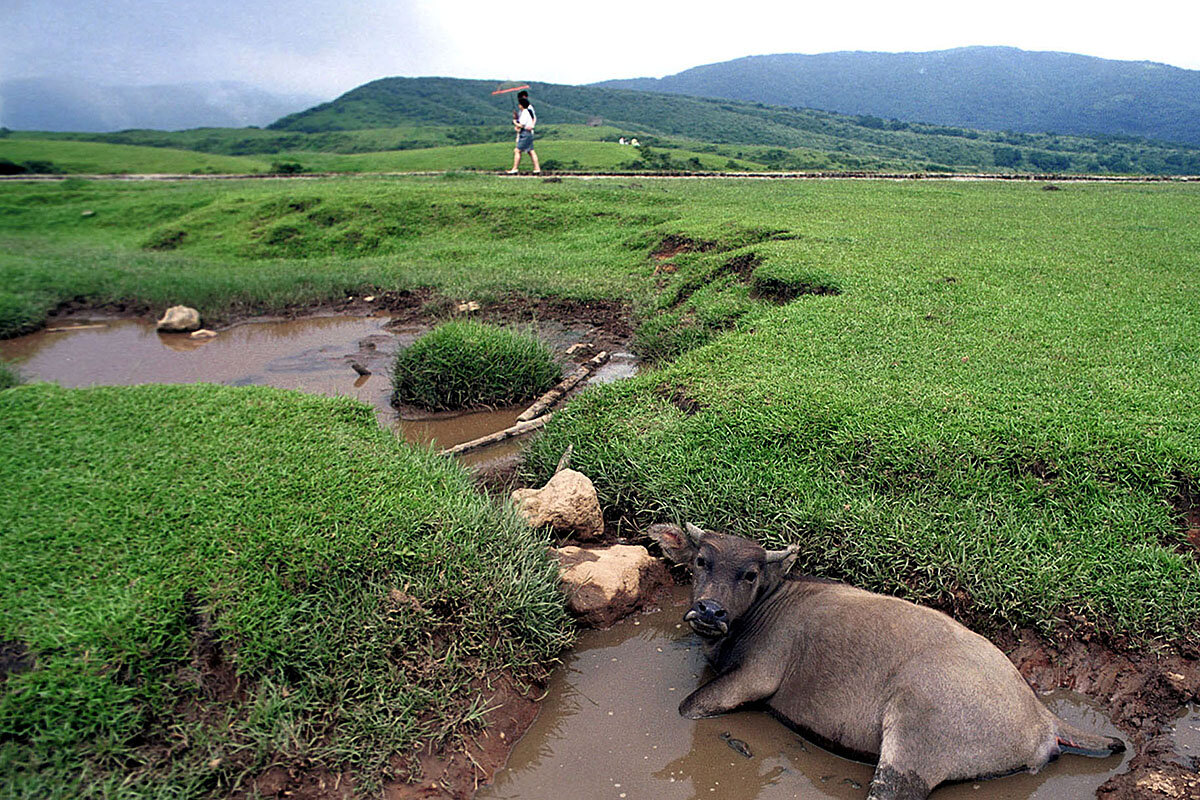The voice of silence

 Amelia Newcomb
Amelia Newcomb
How do you “see” silence?
For photographer Pete McBride, who has documented the world’s remotest spots, it’s about understanding that a place derives its beauty as much from its soundscape as from its visual power – something we caught glimpses of amid pandemic quiet.
Mr. McBride’s focus is “natural silence” – what emerges when the human cacophony doesn’t drown out birdsong, or the rush of wind and water. It’s about “exploring ... the importance of natural sounds ... which in many places we’re sadly losing, as we’ve created such a noisy planet,” he told the radio show “1A” in an interview about his new collection of photos and essays, “Seeing Silence: The Beauty of the World’s Most Quiet Places.”
It’s widely accepted that natural sound informs our sense of well-being. But it’s increasingly scarce. In 1984, “audio ecologist” Gordon Hempton found 21 places in Washington state that had no human-made noise for 15 minutes or more at a stretch. By 2007, he found three. Today, he says such spots are rare across the United States and Europe.
Then came COVID-19 lockdowns, producing what Science magazine called “the longest ... global seismic noise reduction in recorded history.” Cities were less clamorous. Sparrows, no longer needing to “shout,” famously began to sing more operatically.
Will those monastery-like moments have staying power? Last year, Quiet Parks International recognized the world’s first urban quiet park, in Taiwan. As Mr. McBride puts it, “I hope these photos can serve as reminders of what the natural world has to tell us – if we listen.”



